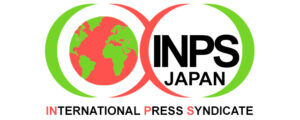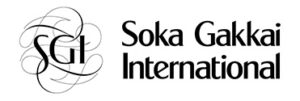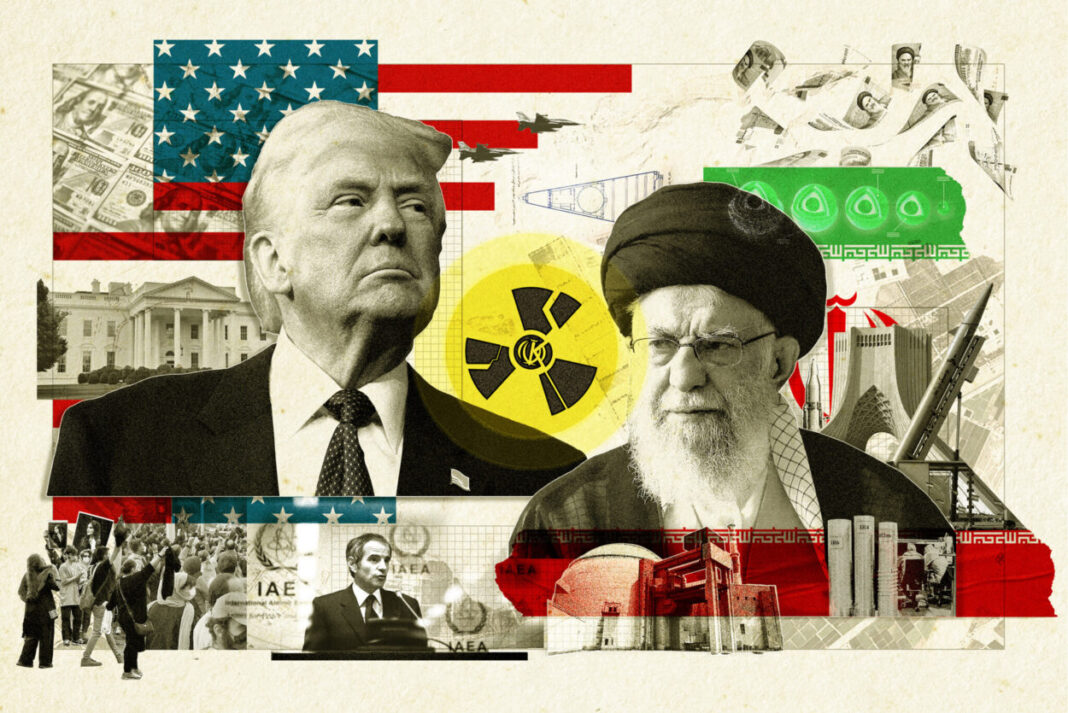By Raza Syed(London), Fereydon(Tehran)
(London/Tehran)
Introduction
As the world navigates the complexities of nuclear diplomacy in 2025, Iran remains at the center of debates over the future of non-proliferation treaties. The Treaty on the Non-Proliferation of Nuclear Weapons (NPT), once hailed as a triumph of multilateralism, now faces existential challenges due to systemic inequities and geopolitical double standards. Iran’s nuclear program, long scrutinized by Western powers, exemplifies the tensions between states seeking peaceful nuclear energy and a regime skewed in favor of nuclear-armed nations. This article argues that the NPT’s survival hinges on addressing historical injustices, recognizing Iran’s compliance with international safeguards, and reforming a system that has disproportionately targeted non-aligned states.(P-05)|GERMAN|JAPANESE|
Historical Context: Iran’s Nuclear journey under the NPT
Iran’s engagement with nuclear technology began in the 1950s under the U.S.-backed “Atoms for Peace” program, which promoted civilian nuclear energy in exchange for non-proliferation pledges. After ratifying the NPT in 1970, Iran submitted to International Atomic Energy Agency (IAEA) safeguards and consistently asserted its right to peaceful nuclear energy under Article IV. However, geopolitical shifts following the 1979 Islamic Revolution transformed Iran’s program into a geopolitical flashpoint.
The 2002 revelation of undeclared enrichment facilities at Natanz and Fordow sparked accusations of clandestine weapons development. Yet, IAEA inspections never uncovered conclusive evidence of a nuclear weapons program. A pivotal 2007 U.S. National Intelligence Estimate concluded that Iran had halted weaponization efforts in 2003. Despite this, Western sanctions intensified, reflecting a disconnect between Iran’s legal rights and geopolitical mistrust.
The JCPOA: A diplomatic triumph sabotaged
The 2015 Joint Comprehensive Plan of Action (JCPOA) marked a watershed moment. Iran agreed to unprecedented restrictions—capping uranium enrichment at 3.67%, reducing stockpiles by 98%, and accepting 24/7 IAEA monitoring—in exchange for sanctions relief. By 2018, the IAEA had verified Iran’s compliance 15 times. However, the U.S. unilaterally withdrew under President Trump, reimposing sanctions that cost Iran over $200 billion in oil revenues and crippled its economy.
Iran’s incremental breaches after 2018, including enriching uranium to 60% purity, were widely framed as provocations. However, Iran argues that these measures are legally justified under Article X of the NPT, which allows for withdrawal or deviation if a state’s “supreme interests” are threatened. From Iran’s perspective, the United States’ unilateral withdrawal from the JCPOA and reimposition of sanctions undermined the very diplomacy it had once endorsed, prompting Tehran’s response.
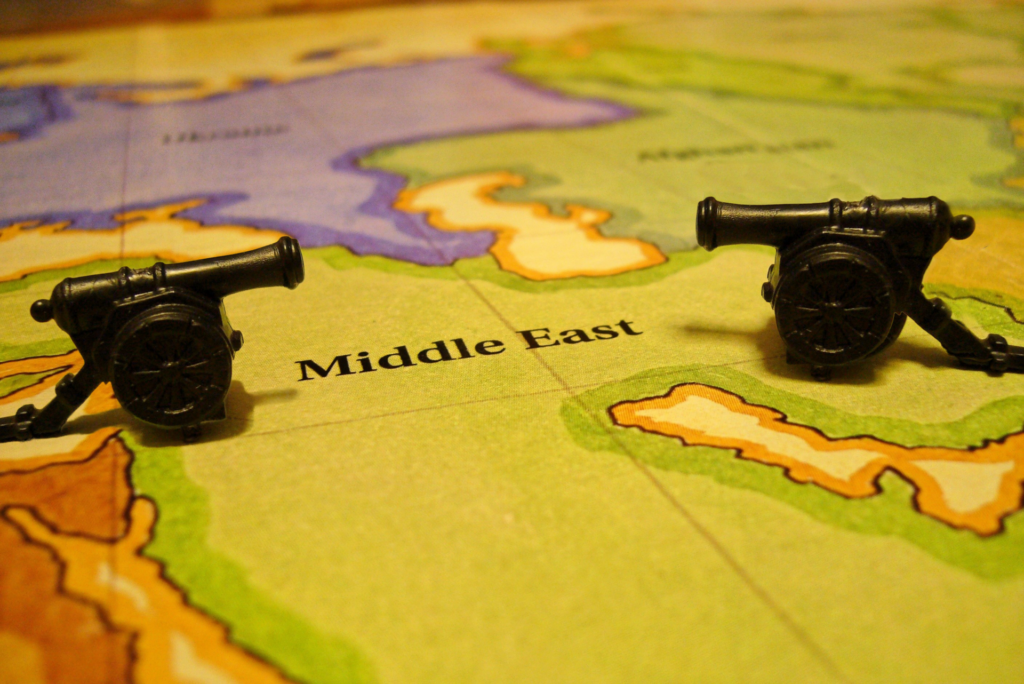
2025: A landscape of stalled diplomacy and renewed tensions
As of 2025, the non-proliferation regime remains gridlocked. The Biden administration’s tentative efforts to revive the JCPOA collapsed in 2023 amid domestic U.S. opposition and Iran’s demands for guaranteed sanctions relief. Meanwhile, Iran’s nuclear program operates under IAEA safeguards, with enriched uranium stockpiles (now at 142 kg of 60% material) still far below the 250 kg required for a single weapon.
Hypocrisy in the NPT’s “Grand Bargain”
The NPT’s foundational promise—non-nuclear states renounce weapons in exchange for disarmament by nuclear-armed states (NWS)—has failed. The U.S., Russia, China, France, and the U.K. retain over 12,500 warheads combined, while modernizing arsenals. In contrast, Iran faces relentless scrutiny for a civilian program that aligns with Article IV. As Dr. Seyed Hossein Mousavian, former Iranian nuclear negotiator, argues:
“The NPT’s double standards are indefensible. Iran is penalized for legal enrichment, while nuclear states flout disarmament obligations. This hypocrisy fuels distrust.”
Weaponized sanctions and humanitarian toll
U.S. and EU sanctions, justified as non-proliferation tools, have devolved into collective punishment. By 2025, Iran’s inflation hovers near 50%, with 30% unemployment. Medicine shortages, exacerbated by financial blockades, have caused preventable deaths. Such coercion radicalizes public opinion, undermining moderates who champion diplomacy.
Regional realities: A nuclear-armed neighborhood
Iran’s security calculus is shaped by its proximity to U.S. bases, NATO member Turkey, and nuclear-armed Pakistan. Israel’s undeclared arsenal—estimated at 90 warheads—remains unchallenged by the NPT. Saudi Arabia’s 2023 vow to “pursue nuclear weapons if Iran does” underscores regional instability. Yet, Western powers ignore these dynamics, framing Iran as a singular threat.
Expert perspectives: Reforming a broken system
Dr. Nader Entessar (University of South Alabama)
Dr. Entessar, an expert in international security, argues that the JCPOA was a rare success in nuclear diplomacy, but its failure underscores the need for a revised approach to non-proliferation. He suggests that future treaties must incorporate stronger verification mechanisms and ensure that signatories adhere to their commitments.
Robert S. Litwak (Wilson Center)
Litwak, a senior fellow at the Wilson Center, believes that military options should not be the primary response to nuclear proliferation. Instead, he advocates for containment strategies and diplomatic engagement to prevent further nuclear escalation.
Dr. Trita Parsi (Quincy Institute for Responsible Statecraft):
“The JCPOA’s collapse wasn’t Iran’s failure—it was a failure of U.S. leadership. By politicizing non-proliferation, Washington eroded trust in multilateralism. The path forward requires honoring agreements and addressing Iran’s legitimate security concerns.”
Dr. Narges Bajoghli (Johns Hopkins University):
“Sanctions have not deterred Iran; they’ve entrenched hardliners. The West’s refusal to acknowledge Iran’s compliance under the JCPOA fuels the narrative that diplomacy is futile. A reformed NPT must prioritize equity over coercion.”

Iran’s case for a fairer framework
- Right to Peaceful Nuclear Energy:
Uranium enriched to 60% is used medically for cancer treatment. Iran’s program aligns with Article IV, yet it faces unique restrictions not imposed on U.S.allies . - Security Guarantees:
Non-proliferation cannot succeed amid existential threats. A regional security pact, akin to the 1975 Helsinki Accords, could address Iran’s concerns over foreign intervention and Israeli arsenals. - Depoliticizing the IAEA:
The IAEA’s credibility suffered under U.S. pressure. Former Director General Yukiya Amano admitted in 2020 that U.S. intelligence heavily influenced Iran assessments. Restoring neutrality is critical.
Pathways Forward in 2025
- Revive the JCPOA with Binding Guarantees:
A renewed deal must insulate Iran from unilateral withdrawal, possibly via UN Security Council ratification. Europe’s INSTEX trade mechanism should bypass U.S. sanctions. - Establish a Middle East Nuclear-Weapon-Free Zone (NWFZ):
Proposed since 1974, a NWFZ would address Israel’s arsenal and Arab states’ anxieties. UN-led talks in 2024 gained momentum, but U.S. and Israeli resistance persists. - Global Disarmament Momentum:
Nuclear powers must reduce stockpiles transparently. The Treaty on the Prohibition of Nuclear Weapons (TPNW), ratified by 70 states, offers a model, though NWS boycott it. - End Economic Coercion:
Sanctions relief must accompany compliance. The EU’s 2024 humanitarian corridor for medicine and food sets a precedent for decoupling essential goods from politics.
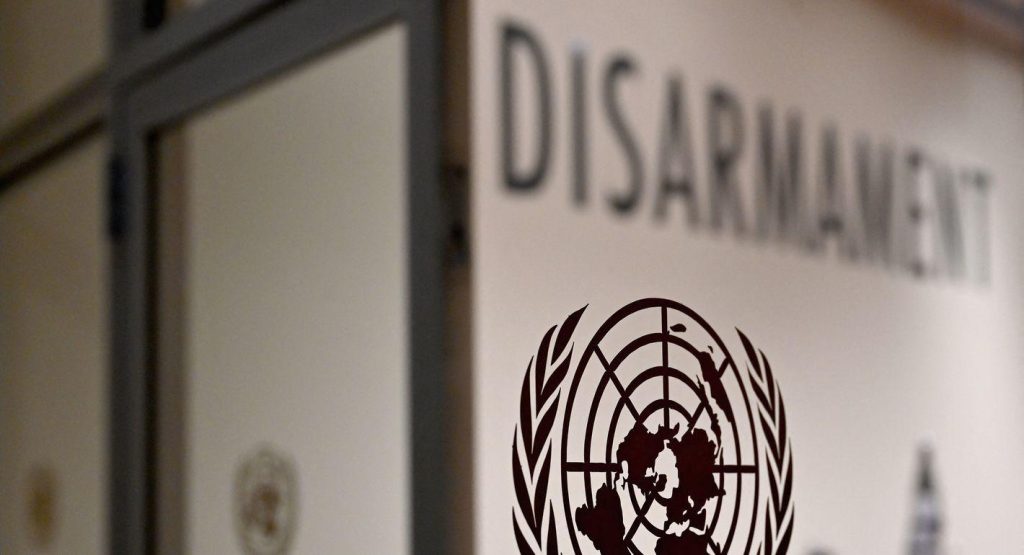
Conclusion: Toward an equitable Nuclear Order
The future of non-proliferation treaties hinges on reconciling the NPT’s ideals with 21st-century realities. Iran’s experience underscores systemic flaws: punitive measures, disarmament hypocrisy, and geopolitical bias. As Dr. Parsi notes, “Iran isn’t the problem—it’s a mirror reflecting the regime’s failures.”
To survive, the NPT must evolve into a framework that respects the rights of non-nuclear states, enforces disarmament, and prioritizes diplomacy over coercion. The alternative—a fragmented world where the NPT is seen as a tool of hegemony—risks not only Iran’s exit but the collapse of global nuclear governance.
References
- IAEA. (2025). Verification and Monitoring in Iran.
- U.S. Office of the Director of National Intelligence. (2007). Iran: Nuclear Intentions and Capabilities.
- Mousavian, S.H. (2024). The NPT’s Double Standards: A View from Tehran. Carnegie Endowment.
- Parsi, T. (2023). Diplomacy in the Shadow of Sanctions. Quincy Institute.
- Bajoghli, N. (2024). Iran’s Security Dilemma in a Nuclear-Armed Region. Johns Hopkins University Press.
- Arms Control Association. (2025). Global Nuclear Stockpile Report.
Note:This article is produced to you by London Post, in collaboration with INPS Japan and Soka Gakkai International, in consultative status with UN ECOSOC.
INPS Japan/London Post


